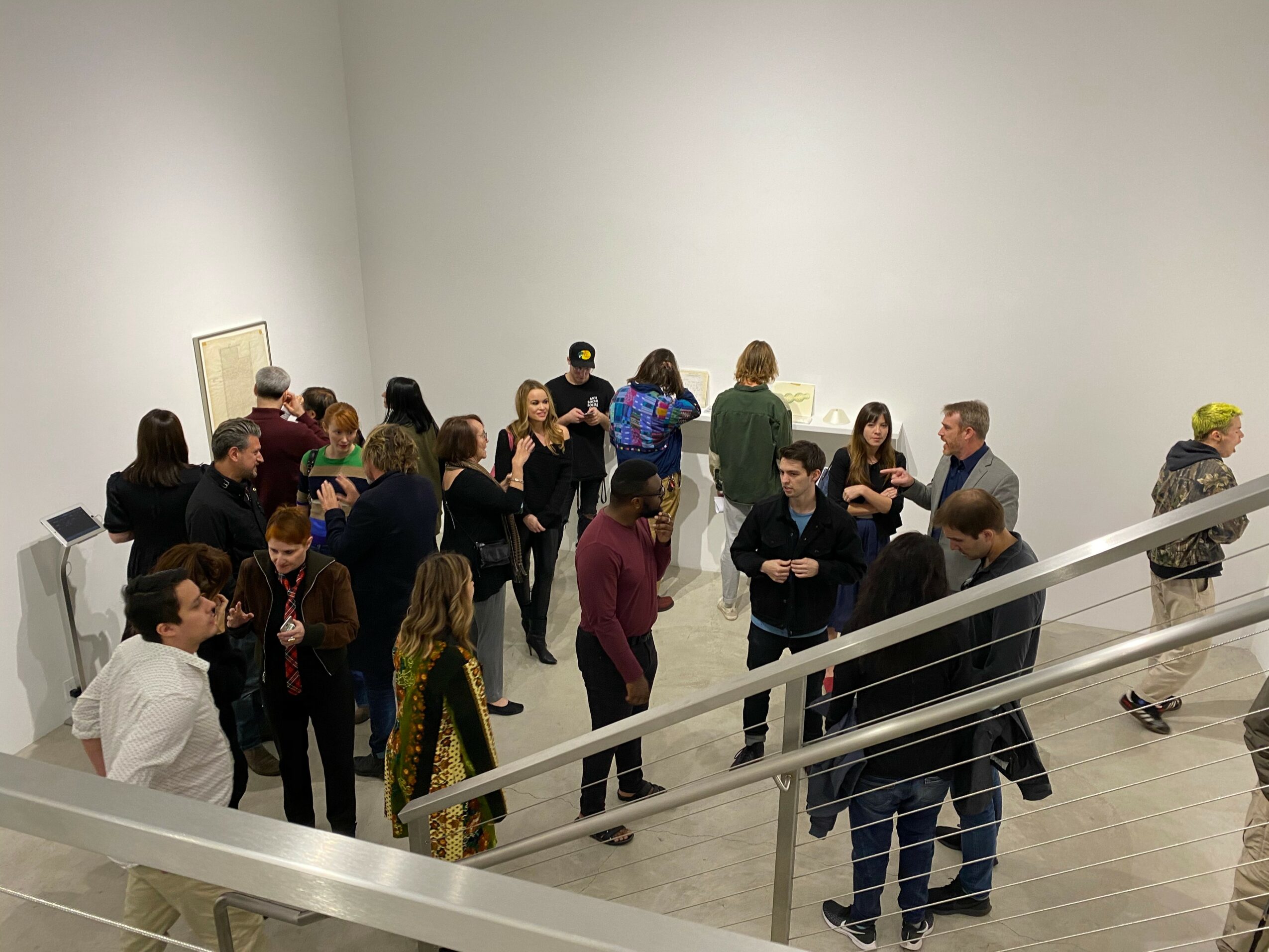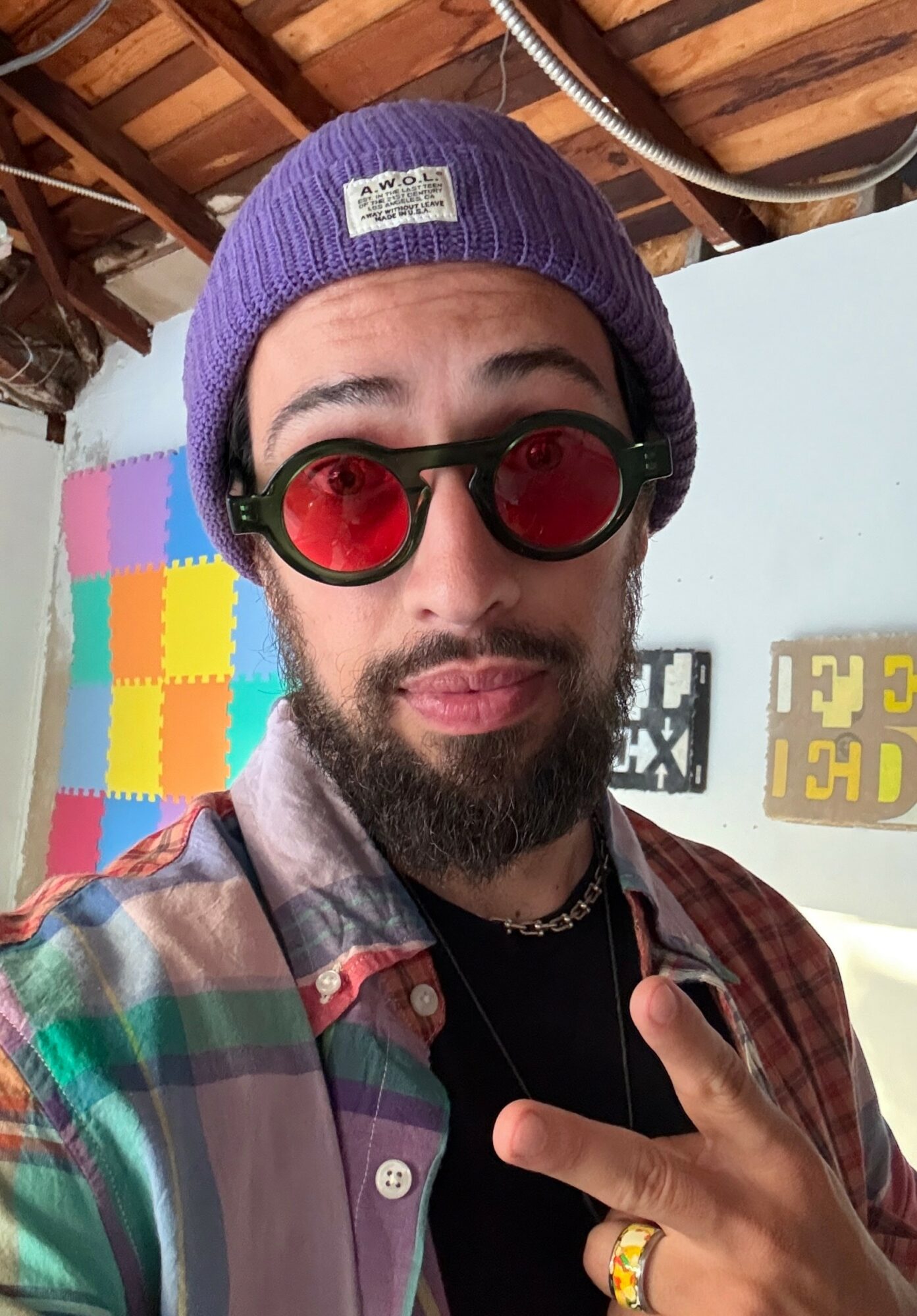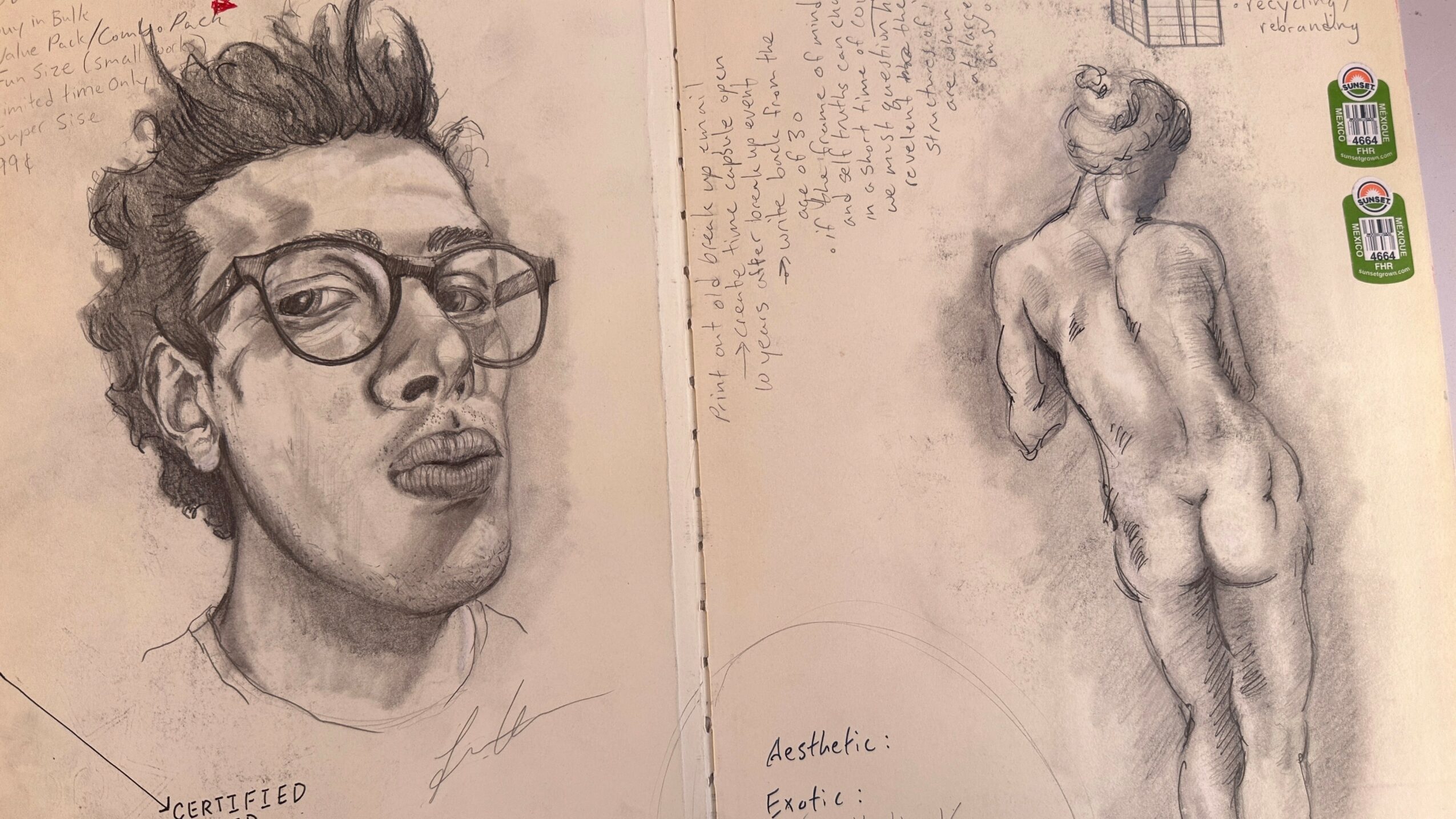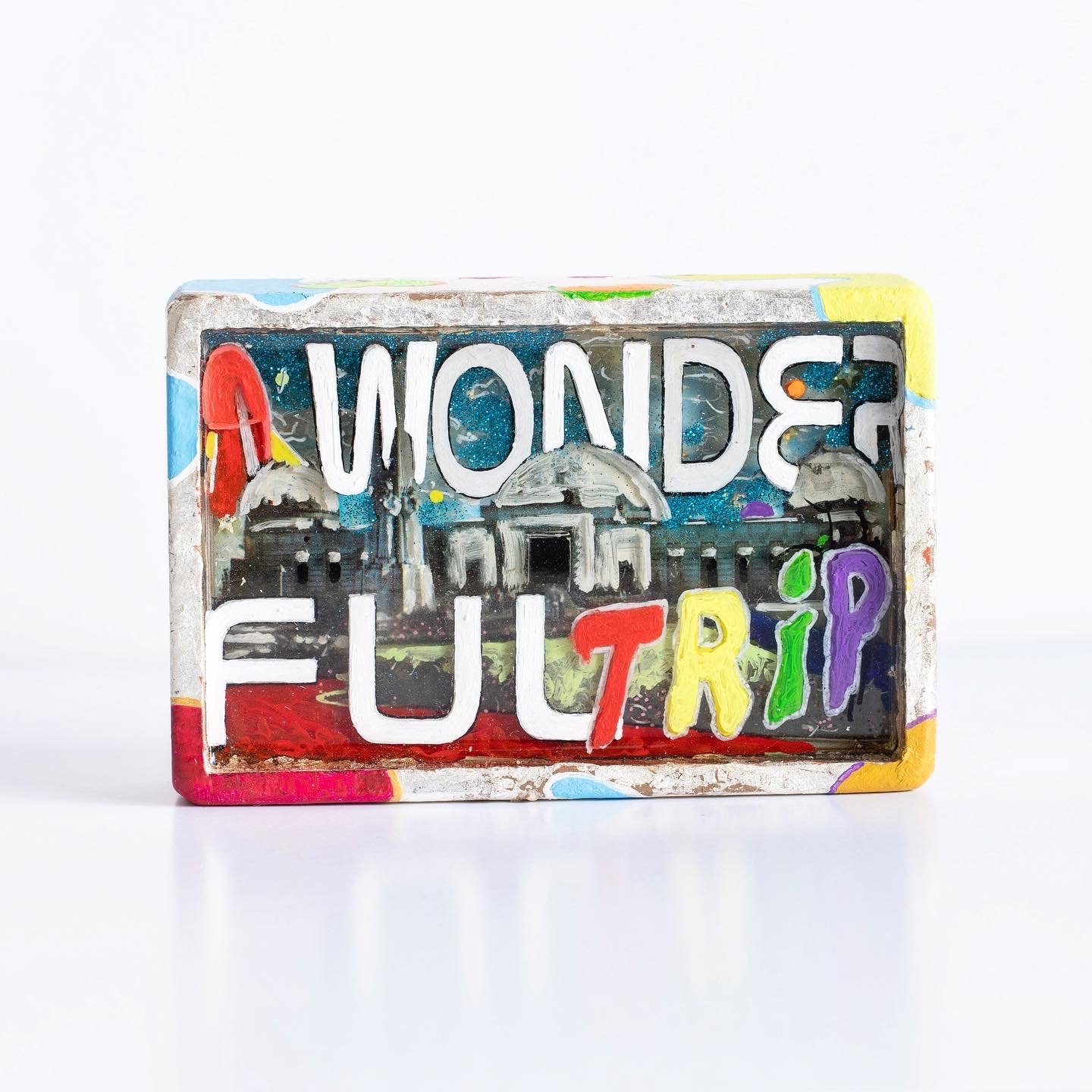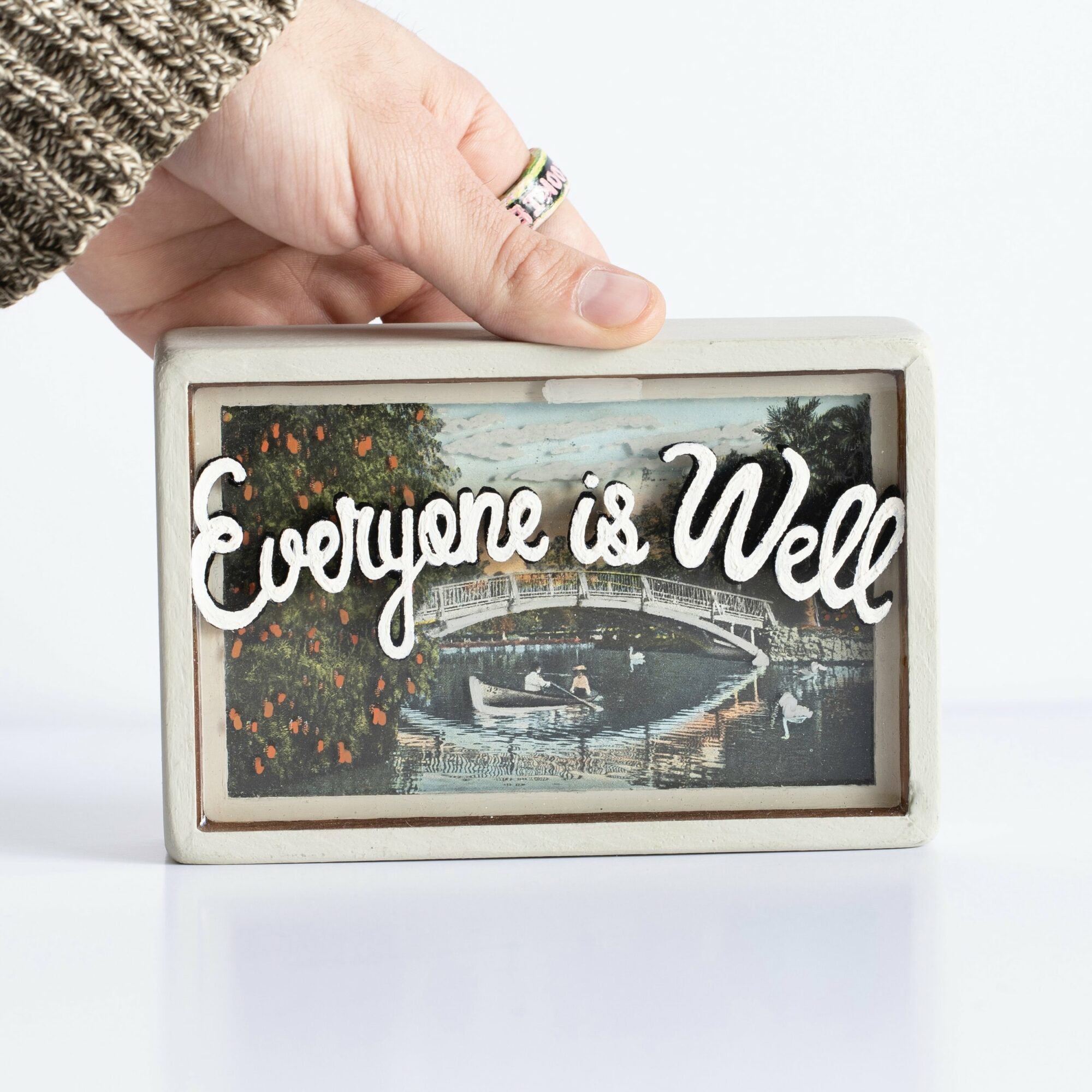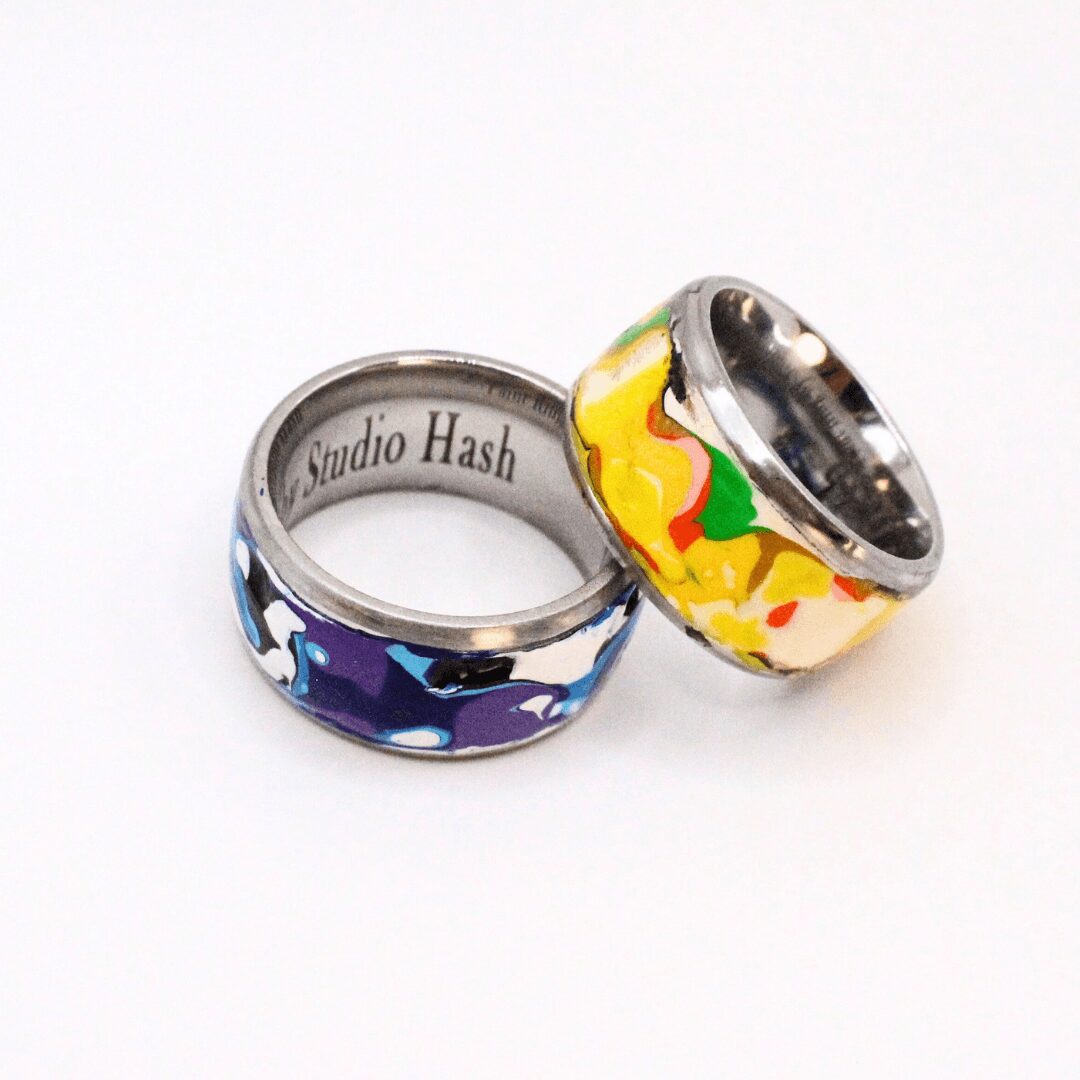

Today we’d like to introduce you to Josh Hash.
Alright, so thank you so much for sharing your story and insight with our readers. To kick things off, can you tell us a bit about how you got started?
Well, I’ve always enjoyed drawing and had little films and projects I’d work on growing up, but creatively, I view the start of my artistic journey as happening during my time in art school at the San Francisco Art Institute (SFAI) in 2013. I had the fortune of taking an internship right before that with the legendary designer Roger Thomas, who designed some of the most iconic hotels on the Vegas Strip, going back to the Golden Nugget. He was deeply involved in the arts and was a patron to artists like Warhol. He taught me that art was even an option to pursue. Being raised by a muslim immigrant family in the valley, I had no clue. After learning that I had applied and received a scholarship, then dove in headfirst.
At SFAI, I studied painting and art history, and soon after, returned to LA where I became an art show junkie. I’d paint all day or help curate shows, and then at night hop from gallery to gallery, meeting other artists and learning what I could. It was a bohemian time. I went on to become a curator and gallery director for a spot in Culver City for several years, where I put together art fairs, museum shows, and international artist residencies between LA and Seoul. It was a blast. That spot was unfortunately a COVID casualty though, which forced me to transition into more entrepreneurial pursuits. I’m still making art and currently have a studio set up in Studio City, but am also running business and helping other artists do the same. I think, as a Los Angeleno, making things will always just be a part of my life.
We all face challenges, but looking back would you describe it as a relatively smooth road?
Anyone who tells you they woke up one day, decided to be an artist, and everything after that was smooth sailing is a liar. Trying to make a living out of random ideas in your head is a difficult level of alchemy. It takes time and sacrifice. From having parents who didn’t quite get the vision, to financial hardships, and just the rejection of it all, it was grueling. This is the friction that comes with creating. You just keep doing it because deep down, you feel you have to. You think the next idea will be better than the last one, and eventually, you make something cool enough that people will vibe with. Then it feels worth it, and people call you an overnight success. I once read that as an artist, you will not live an easy life, but you will live an interesting one. That was as true then as it is now.
Can you tell our readers more about what you do and what you think sets you apart from others?
I’ve always seen myself a a cross between a conceptual and folk artist. I love objects that are rooted in meaning or utility. To me, art is something for the people, so I prefer materials that are common or relatable, which can tell a story. I resonate deeply with conceptual art movements like Fluxus and Bauhaus. I always aspired to make art like that. I think I’m probably most known for my postcard painting series that I refer to as “Reliquearies.” They’re like these wooden diorama boxes filled with resin and layers of paint that overlay the imagery of vintage postcards from LA. I recently started wiring them up with backlights, so they function as nightlights. That has been fun. I have some paintings from that series that will be shown at the Brand Library early next year. Other than that, I have a series of rings that have also gotten popular. I see them as mini abstract paintings that you can take around with you. They’re stainless steel and silver rings with acrylic paint and enamel. All of them are unique custom pieces, and they are among my favorite artwork series.
One of the things that sets me apart is my focus on unique materials and my effort to branch away from traditional art substrates like canvas or stretcher bars. I’m interested in the intersection of art and life. I’ve always felt art was meant for the proletariat; yet somehow, we’re dealing with a reality that has become inverted, and art is often seen as part of this elitist community as a result. That’s a fallacy, tho. A lot of my practice involves reinventing humble or utilitarian items as a way to counteract that. Or at least open up conversations about it. It’s a big mission, but the impossibility of it feels romantic and worth pursuing.
If we knew you growing up, how would we have described you?
I was pretty introverted, honestly. I was a big gamer, and as an only child with divorced parents, I often lived in my imagination. Like I mentioned earlier, I would draw and always had creative projects that I was tinkering with. For a while, I painted tabletop figurines and miniatures. Then it was editing comedy shorts and weird early 2000s camcorder films I’d make with other kids in the neighborhood. I’m just a valley kid from the 90’s lol. I miss those days.
As much as I liked making things, even as a kid, I always knew there had to be a way to turn this output into a business. I recall being fascinated by sales and infomercials in middle school. People would sell quirky inventions on these camp late-night TV shows. It felt like performance art. I’d find myself channeling that energy by selling candy or soda at school to make money. Instead of spending it like most kids, I’d try to learn how to flip those meager profits into investments. It was a fascinating game to me. Somehow, I was able to break out of my shell that way. Both creativity and business are still what drive me today.
Contact Info:
- Website: https://studiohash.art
- Instagram: https://www.instagram.com/jhash93/
- LinkedIn: https://www.linkedin.com/in/josh-hashemzadeh-88531934/
